Capsized single-levelled, open hulled ship to the right. Deep flat hull, triangular bow with concave stempost that ends in a very short "hook" oriented inwards. Short integrated bow projection that curves upwards. Incurving sternpost with two small protrusions on the outward side of its tip. There is a quarter rudder still in position, while another was probably painted in the hatched area next to it. Above the thick band which represents the hull is a thin raised rail that projects beyond the stem- and sternposts. The reserved area delineated between them is punctuated by eleven vertical stanchions which divide it into "rooms" and extend way above the railing.
Shipwreck scene
A171
Late Geometric (end of the 8th century B.C.)
Pithekoussai, Ischia. Not from a grave but reconstructed from sporadic fragments scattered over 100 m ^2^
Euboean krater of local manufacture. Rebuilt from sherds, base and stem missing
Museo Archeologico di Pithecusae
Ahlberg-Cornell 1992: 28; Basch 1987: no. 394; Brunnsåker 1962; Buchner 1954: 42, fig. 1, pls. 14, 15, 16.1; 1966: 8 (new drawing); Buchner and Ridgway 1993: 695, pl. 204-205; Demargne 1964 : 399, fig. 534; Hopman 2012: 62-63, fig. 5; Langdon 2008: 8-9, fig. 0.6; Morrison-Williams 1968: 34, Geom. 32, pl. 6e; Ridgway 1988: 97-107; 1992: 57-58, fig. 10; Verdan 2006: 102-103, fig. 8; Vermeule 1979: 184; von Matt and Bianco 1961: fig. 14
Shipwreck scene with a capsized ship, drowning figures, corpses, and fish of varying sizes wrapped around the entire body of the vase. The figures are naked with crested helmets. They float horizontally, parallel to the ship. One of the figures has his head locked into the jaws of an enormous fish.
The vase represents the earliest painted figural scene found on Italian soil. The scene is clearly narrative in nature, capturing the moment immediately after the wrecking event. The figure directly beneath the ship appears to be swimming for his life, with one hand outstretched upwards. The figure having his head devoured by a giant fish is unprecedented and highlights the distress and horror of the scene. The horror of dying at sea which guaranteed that the deceased was denied a proper burial is expressed twice in the Iliad (Iliad 21.122-7; 21.316-23).
Ahlberg-Cornell, G. 1992. Myth and Epos in Early Greek Art. Representation and Interpretation. Studies in Mediterranean Archaeology 100. Jonsered: Paul Åströms Förlag.
Basch, L. 1987. Le musée imaginaire de la marine antique. Athens: Institut Hellénique pour la preservation de la tradition nautique.
Brunnsåker, S. 1962. “The Pithecusan Shipwreck: A Study of Late Geometric Picture and Some Basic Aesthetic Concepts of Geometric Figure-Style.” Op. Rom 4:165–242.
Buchner, G. 1954. “Figürlich bemalte spätgeometrische Vasen aus Pithekussai und Kyme,” Rom. Mitt. 60-61: 37-55.
―――. 1966. “Pithekoussai: oldest Greek colony in the west,” Expedition 8.4: 5-12.
Buchner, G. and D. Ridgway. 1993. Pithekoussai. Rome: G. Bretschneider.
Demargne, P. 1964. Naissance de l’art grec. Paris.
Hopman, M.G. 2012. Skylla. Myth, Metaphor, Paradox. Cambridge : Cambridge University Press.
Langdon, S. 2008. Art and Identity in Dark Age Greece, 1100–700 B.C.E. Cambridge: Cambridge University Press.
Morrison, J.S. and R.T. Williams. 1968. Greek Oared Ships: 900-322 B.C. Cambridge: Cambridge University Press.
Ridgway, D. 1988. “The Pithekoussai Shipwreck,” in J.H. Betts, J.T. Hooker and J.R. Green (eds.) Studies in Honour of T. B. L. Webster II. Bristol: Bristol Classical Press, pp. 97-107.
―――. 1992. The First Western Greeks. Cambridge: Cambridge University Press.
Verdan, S. 2006. “Un nouveau navire géométrique à Erétrie,” AntK 49: 97–106.
Vermeule, E. 1979. Aspects of Death in Early Greek Art and Poetry. Sather Classical Lectures 46. Berkley: University of California Press.
von Matt, L. and U. Z. Bianco. 1961. Grossgriechenland. Zurich.



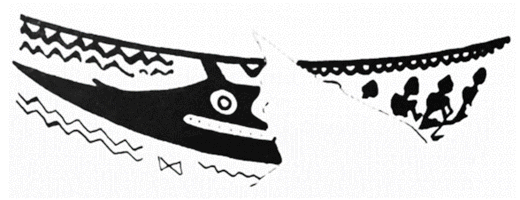
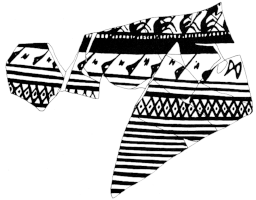

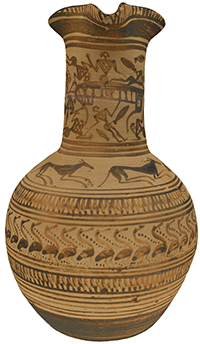
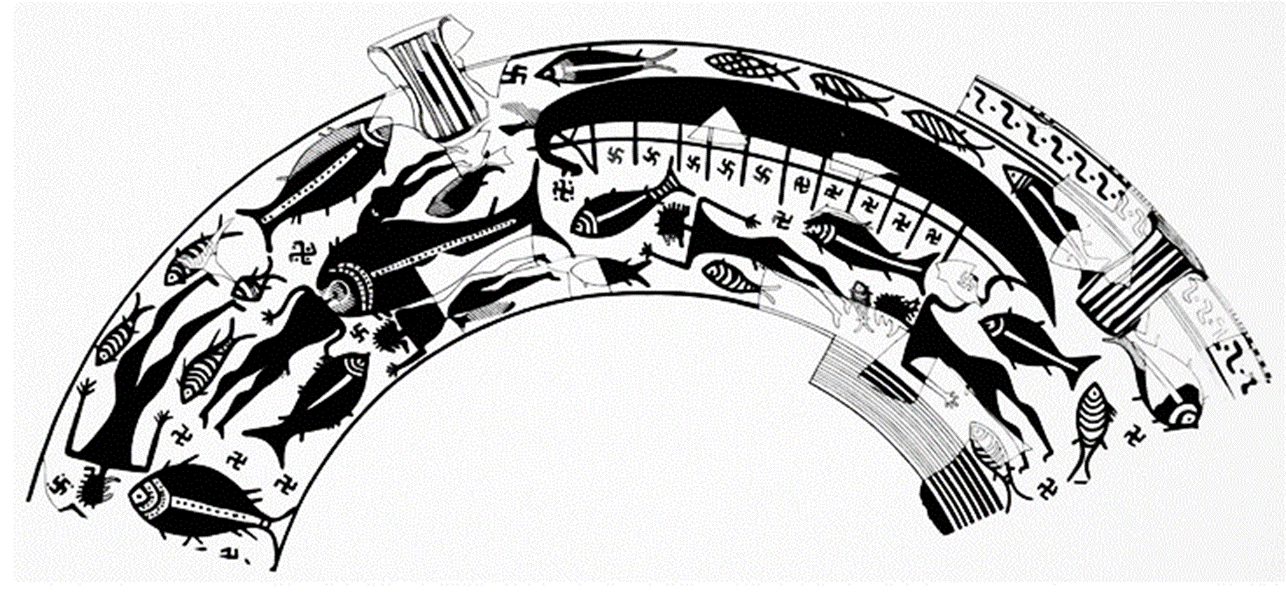

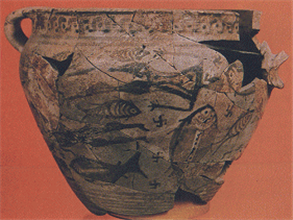

.jpg.png)